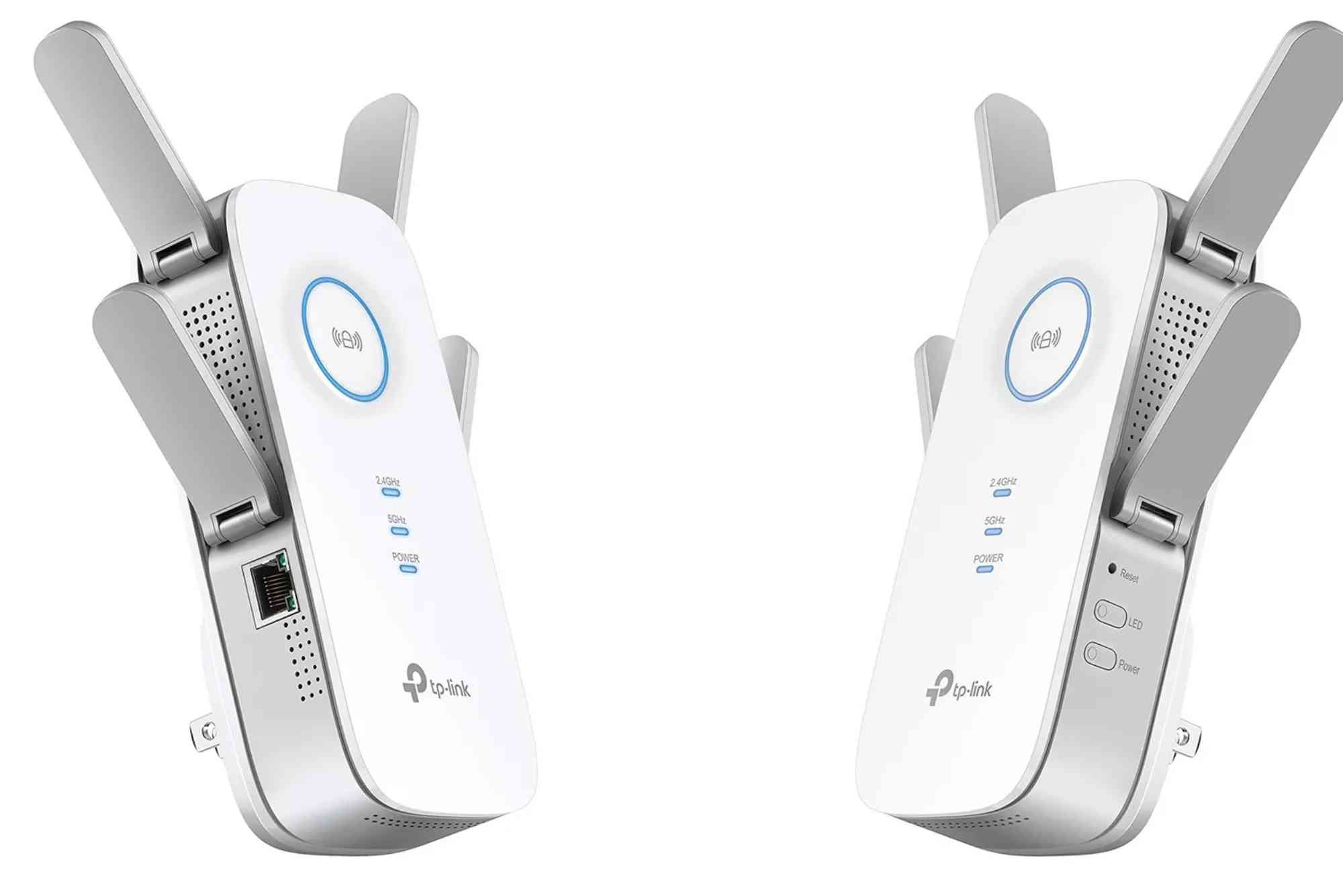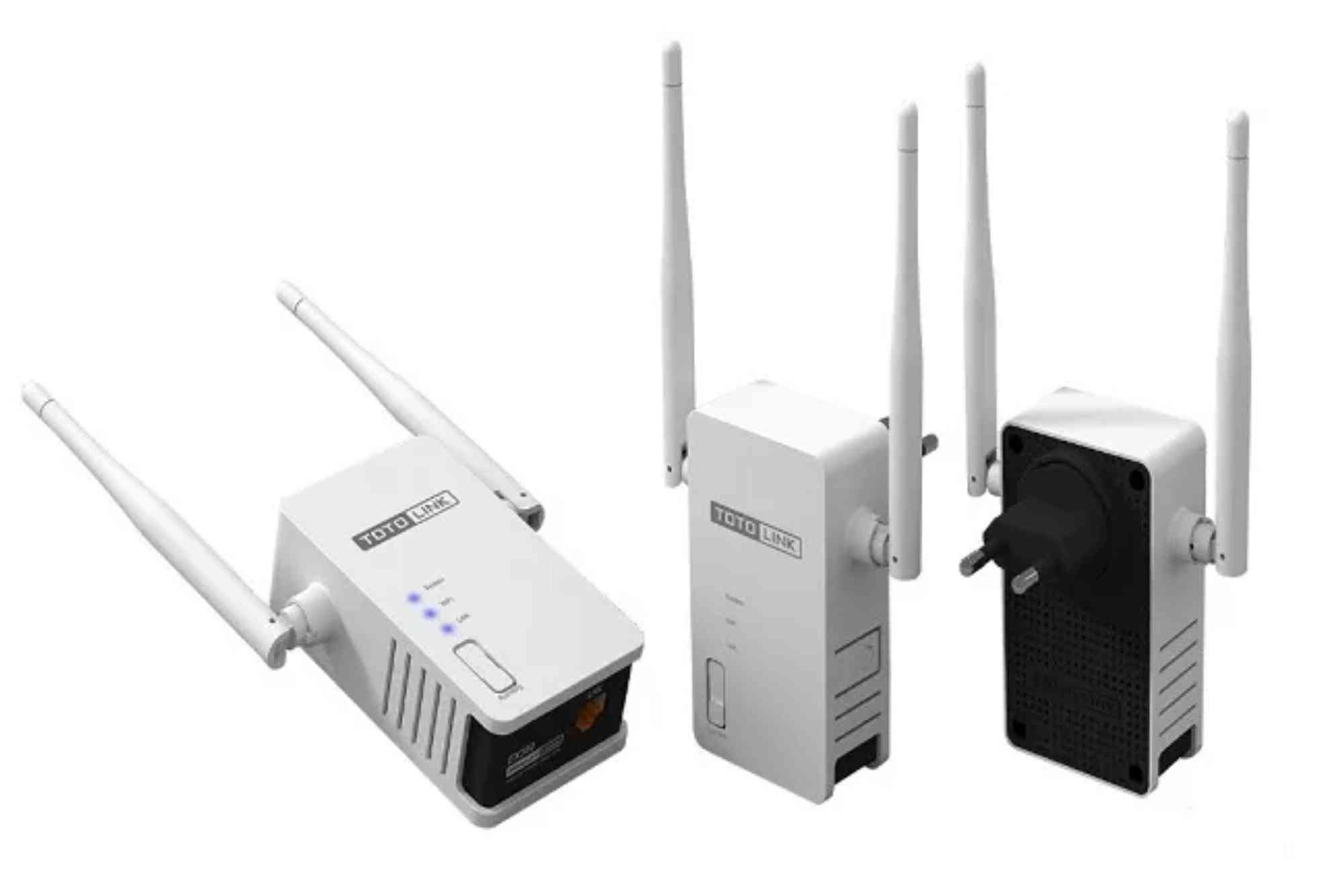Introduction
Setting up a router is usually associated with getting online. However, many people face a situation where they need a router setup without internet access. Whether you just purchased a new router, moved into a new place, or want to create a private local network, it’s absolutely possible to configure your router without connecting it to the internet. This guide explains how you can set up your router in offline mode, why it can be useful, and the benefits of having a functional local network even without internet access.
Why Setup a Router Without Internet?
Before diving into the steps, it’s important to understand why someone might want to configure a router without internet access. One common reason is to build a local area network (LAN) for sharing files, printers, or media between devices. For instance, if you work in a small office and want all employees to access shared folders, a router can help you achieve this without internet. Similarly, gamers often prefer setting up a local network to play multiplayer games.
Another reason is router preparation. Sometimes you want to configure your settings—such as security, Wi-Fi name (SSID), or parental controls—before actually connecting to the internet. This way, when the internet service is available, your network is already optimized and secure.
Some users also set up routers offline to run IoT devices like smart home hubs, CCTV systems, or offline servers. For example, a small business may use cameras connected to the router, storing recordings locally without uploading to the cloud.
How Router Setup Without Internet Works
A router’s primary function is to direct traffic between devices within a network. While the internet expands its functionality, the router itself doesn’t need the internet to operate as a local hub. When you connect your computer, smartphone, or printer to the router, they can still communicate with each other.
Your router has an admin interface that allows you to configure its features, usually accessible through a web browser or a mobile app. This interface is stored inside the router itself, so you don’t need internet access to reach it.
Step-by-Step Guide: Router Setup Without Internet
Power Up and Connect
Unbox your router and plug it into a power source. Then, connect it to your computer or laptop using an Ethernet cable. If you’re using Wi-Fi, check the default network name (SSID) and password printed on the router’s back or bottom.
Access the Router’s Admin Page
Open a web browser on your connected device and type the router’s default IP address, usually something like 192.168.1.1 or 192.168.0.1. If you’re unsure, check the router manual. Enter the default username and password to log in.
Configure Basic Settings
Once inside, you’ll want to change some key settings:
-
Rename your Wi-Fi SSID for easy identification.
-
Set a strong password for security.
-
Update the admin login credentials to prevent unauthorized access.
Create a Local Network
Even without the internet, you can set up a functional LAN. Connect multiple devices to your router—via Wi-Fi or Ethernet. These devices will now be able to share files, printers, and local applications.
Adjust Security and Access Controls
Enable WPA2 or WPA3 encryption for your Wi-Fi. You can also set up parental controls, guest networks, or firewall rules. Doing this offline ensures your router is secure before going live online.
Test the Local Network
Finally, try transferring files between devices, streaming media from one computer to another, or printing through a shared printer. If everything works, your router setup without internet is complete.
Benefits of Router Setup Without Internet
Setting up your router offline has several advantages. First, it lets you prepare your home or office network in advance, so you’re not scrambling when your internet service is activated. Second, it enhances security by allowing you to update settings without being exposed online. Third, it provides the flexibility of having a self-contained private network.
For instance, small businesses often use local routers for internal operations. A printing press might use it to manage large design files, while a school may use it for sharing educational resources between teachers and students. Similarly, media enthusiasts can stream videos across devices within the home without worrying about internet speeds.
If you’re considering internet service in the future, you can later integrate your router setup with a trusted provider such as Dhanote Internet Services, which offers reliable connectivity options once your offline configuration is complete.
Common Mistakes to Avoid
When setting up a router without internet, many users make avoidable mistakes. One common issue is forgetting to secure the Wi-Fi network. Even without internet, an unsecured Wi-Fi can expose your local files if neighbors connect. Another mistake is failing to change the default router password. Hackers often know these defaults and could access your system later when you connect to the internet.
Also, avoid skipping firmware updates. While you need internet to download the latest firmware, you can still check the current version and prepare to update later.
Advanced Uses of Router Setup Without Internet
While most people use offline routers for basic networking, there are advanced use cases too. For instance, businesses can create a local server environment for development or testing purposes. This allows teams to simulate real-world network scenarios without needing internet access.
Home automation enthusiasts can also benefit from offline router setups. Many smart devices, such as cameras, sensors, and home hubs, can work in local-only mode. This means you can control your smart home even if your internet goes down.
Gamers, too, often rely on offline routers for LAN parties. These gatherings allow multiple players to connect their computers or consoles to a single router and enjoy fast, lag-free multiplayer gaming.
Troubleshooting Router Setup Without Internet
Sometimes, users face challenges when configuring a router offline. If you cannot access the admin page, double-check that your device is properly connected to the router. Ensure you’re using the correct IP address. If the page still doesn’t load, restart both the router and your computer.
If Wi-Fi devices aren’t connecting, verify that you entered the correct password. In some cases, routers broadcast both 2.4GHz and 5GHz networks. Try switching between them.
Lastly, if file sharing isn’t working, make sure that the devices have sharing enabled in their operating system settings. Windows, macOS, and Linux each require different steps to allow local network access.
FAQ:
Can I use Wi-Fi without internet?
Yes. Your router can create a Wi-Fi network without internet. Devices connected to it can share files, printers, and media.
How do I access my router without internet?
Simply connect your device via Ethernet or Wi-Fi, then enter the router’s default IP (such as 192.168.1.1) in your browser.
Can I connect my phone to a router without internet?
Yes. Your phone can connect to the router’s Wi-Fi for local network use, even if no internet connection is available.
Why would I set up a router without internet?
People do this to create local networks, prepare router settings before internet activation, or run offline devices like CCTV or media servers.
Will my router settings remain after I connect to the internet?
Yes. Once configured offline, your SSID, password, and security settings remain intact when the router later connects to the internet.
A router setup without internet is not only possible but also practical for many scenarios. From creating a local area network to testing configurations, offline router setup provides flexibility, security, and convenience. Whether you’re a gamer hosting a LAN party, a small business sharing files, or a homeowner preparing for internet activation, configuring your router offline gives you control over your network before going online.








